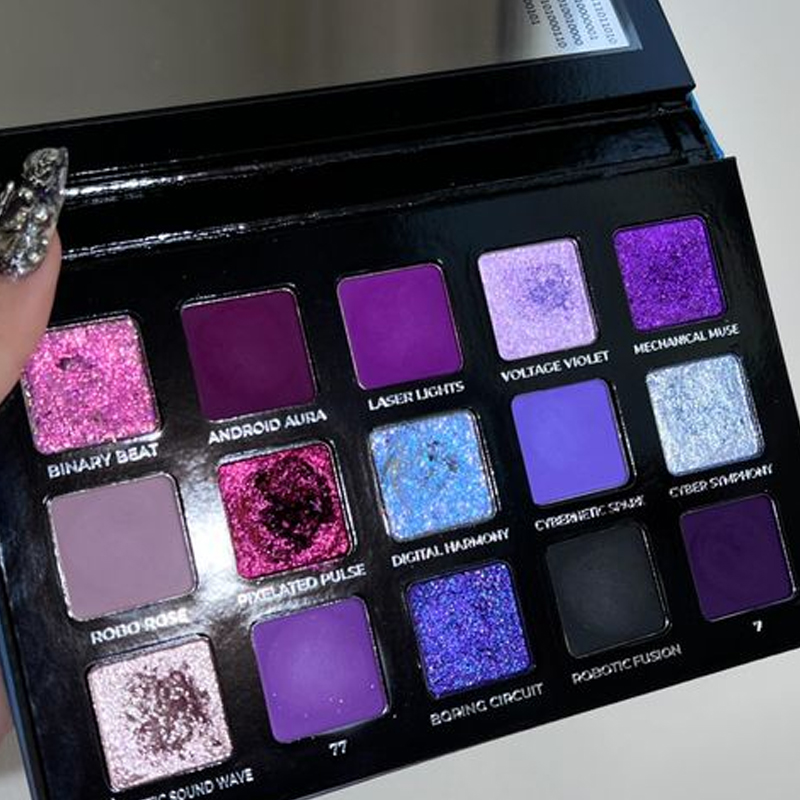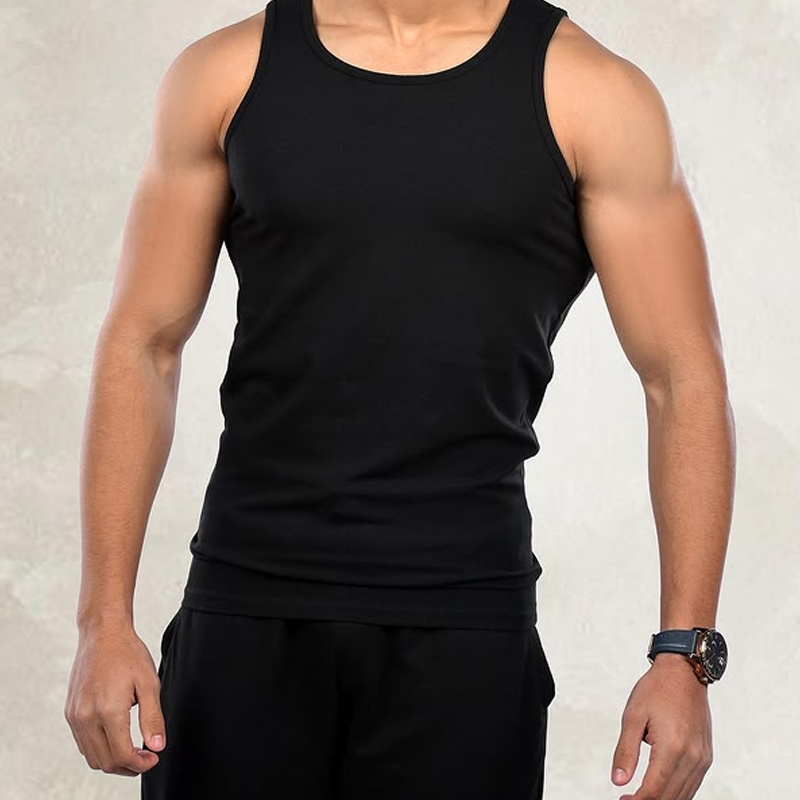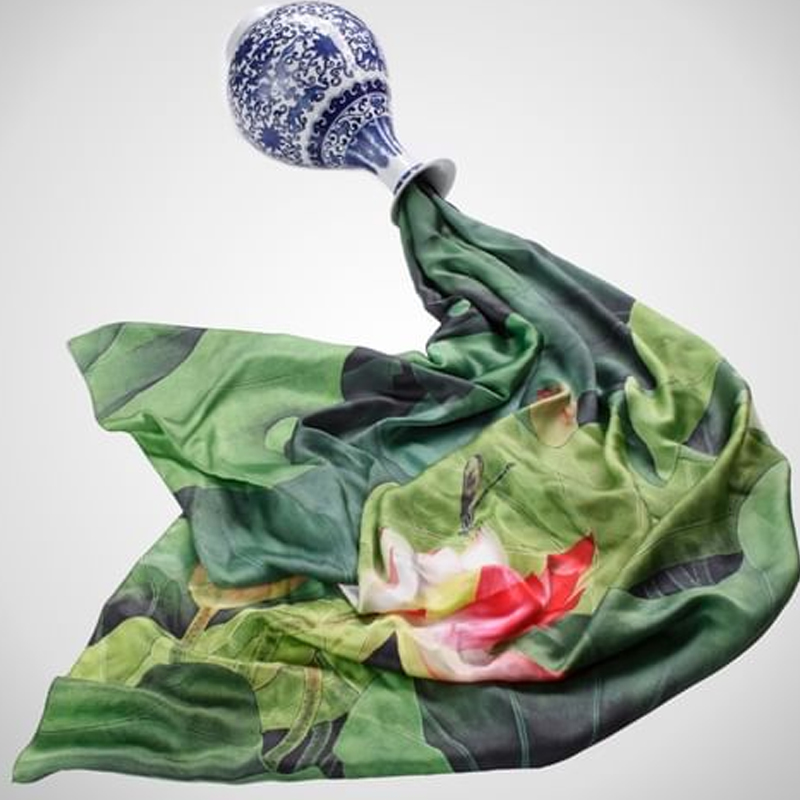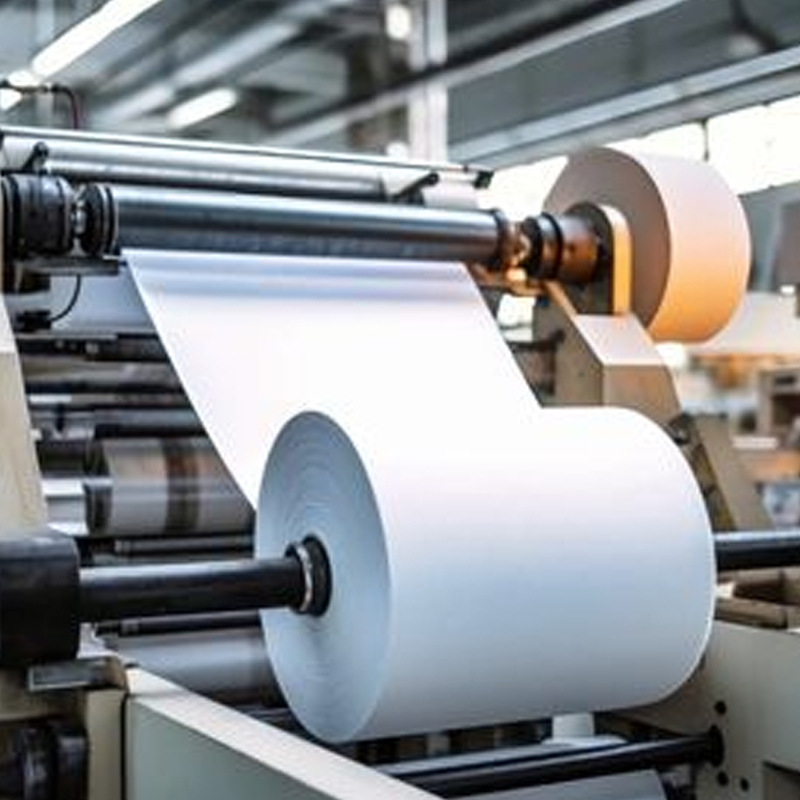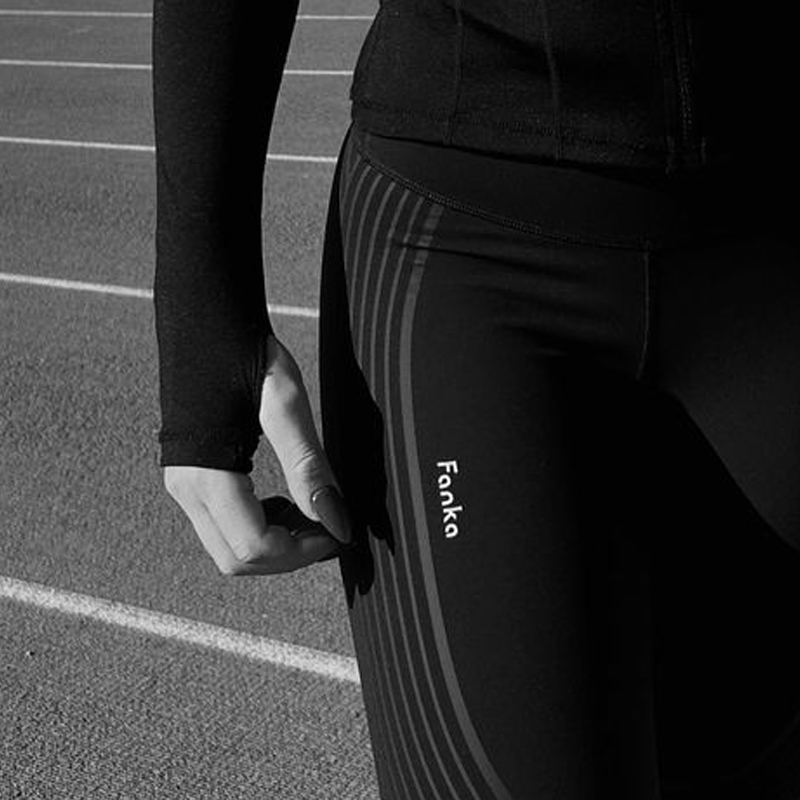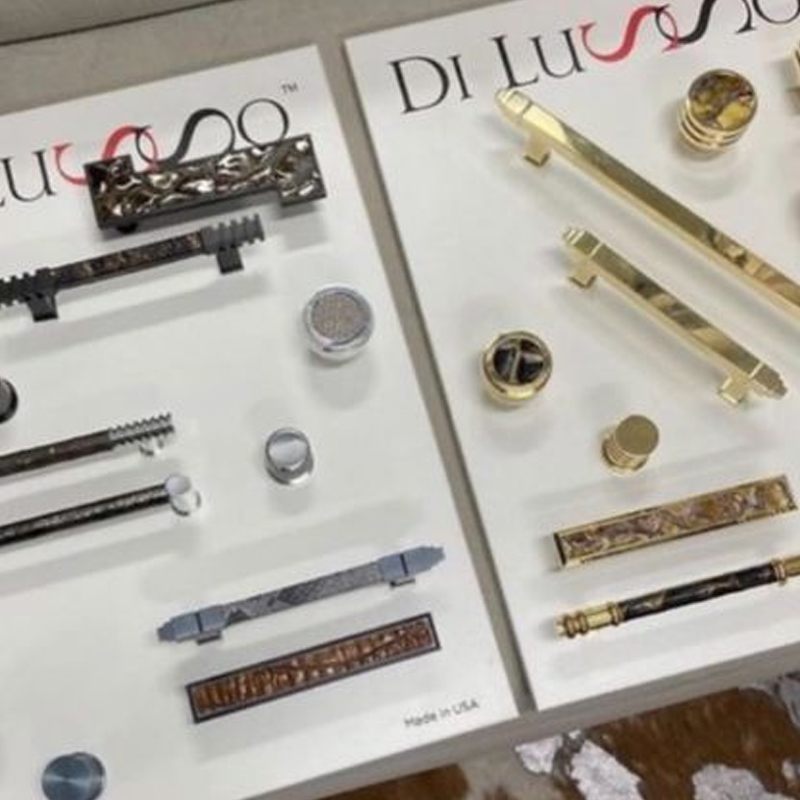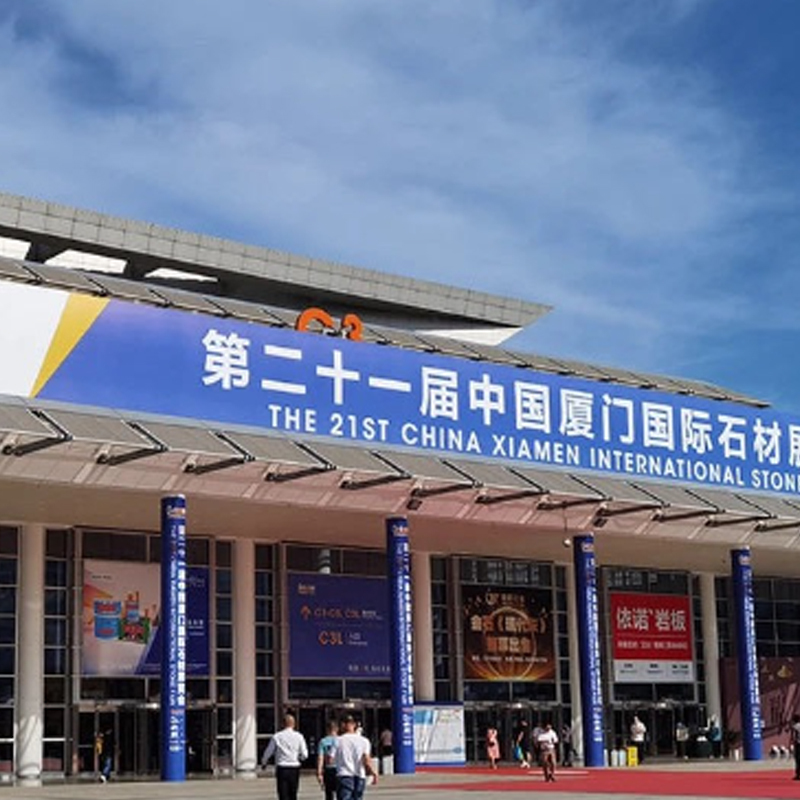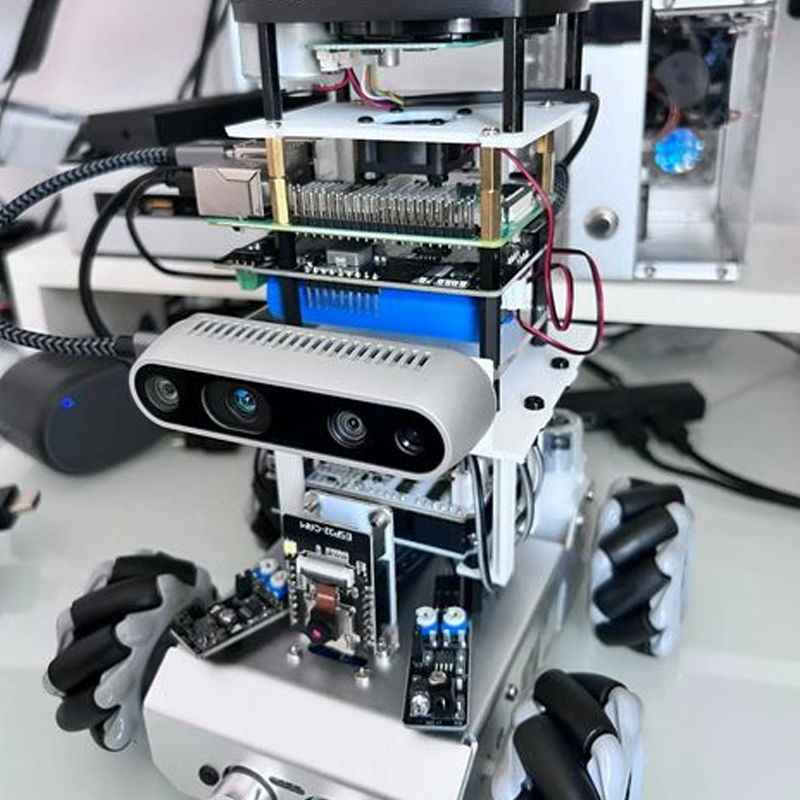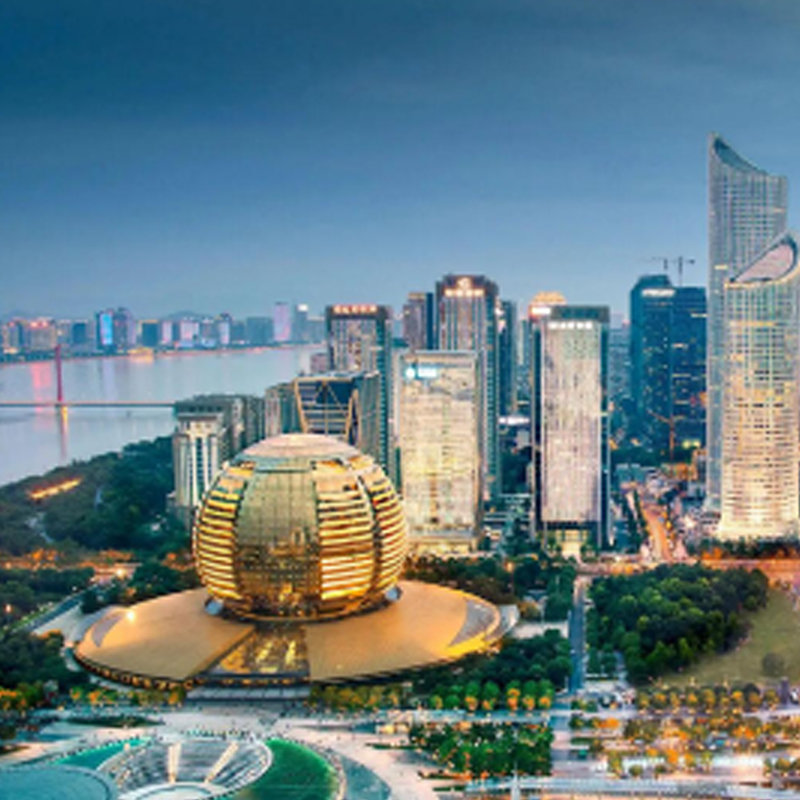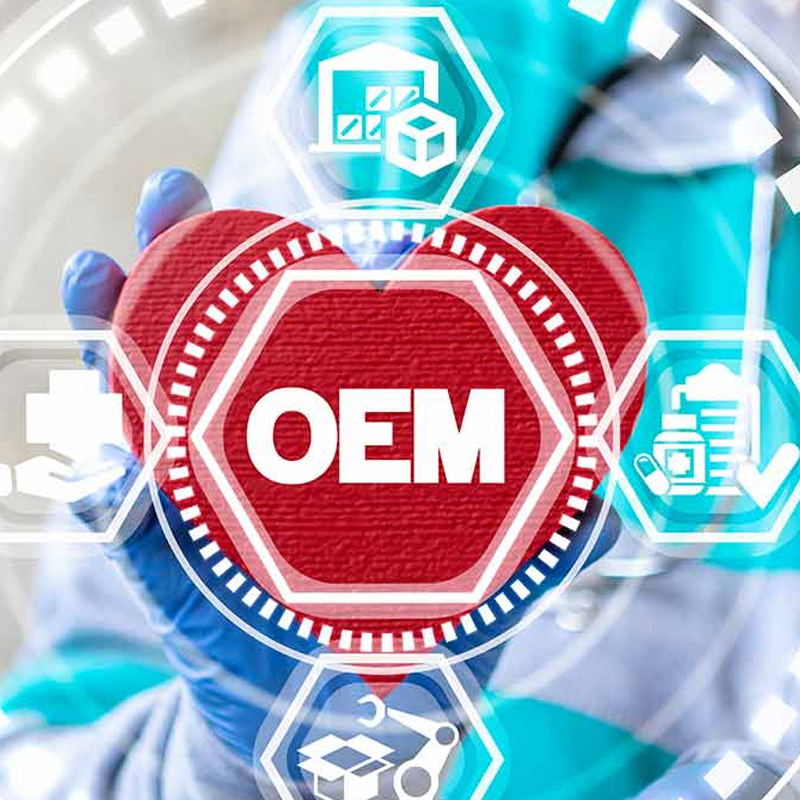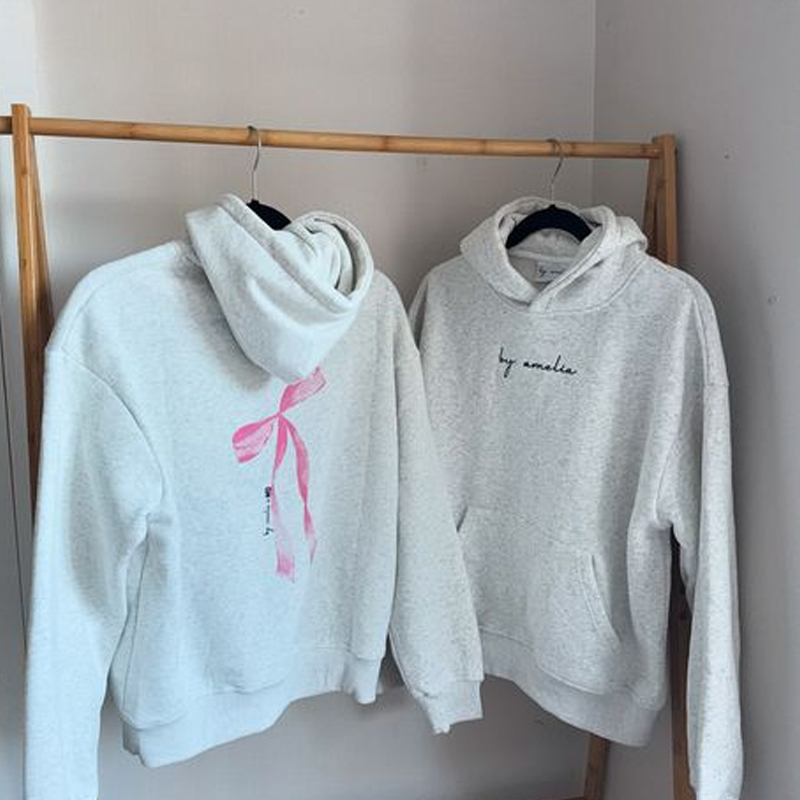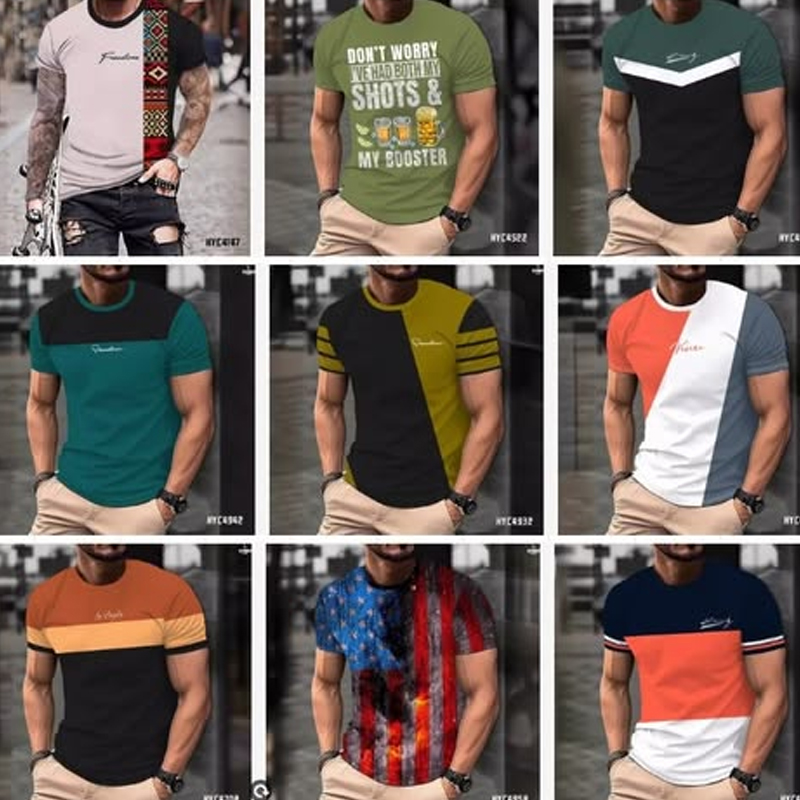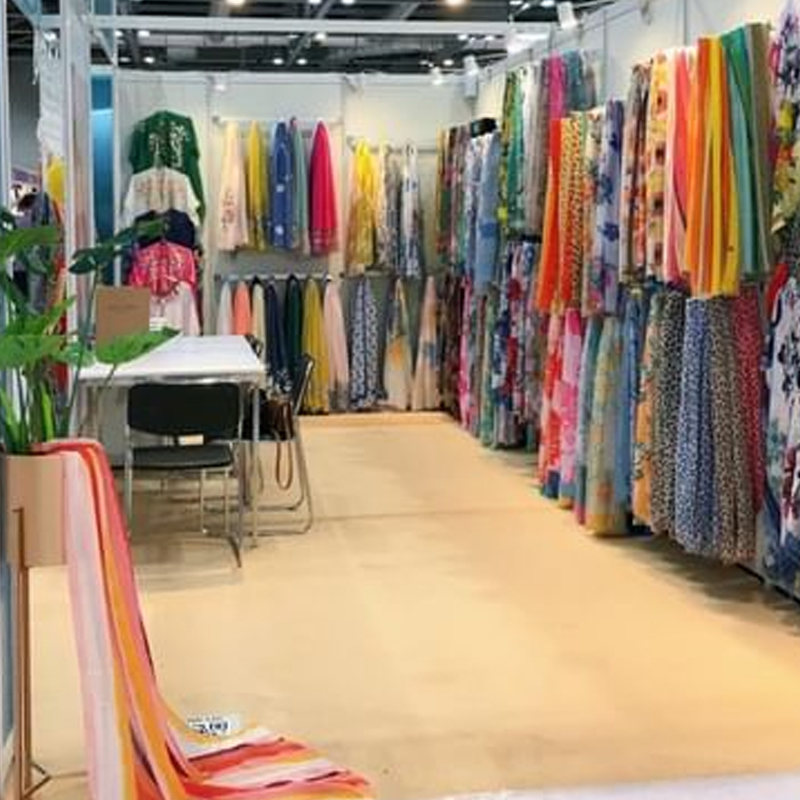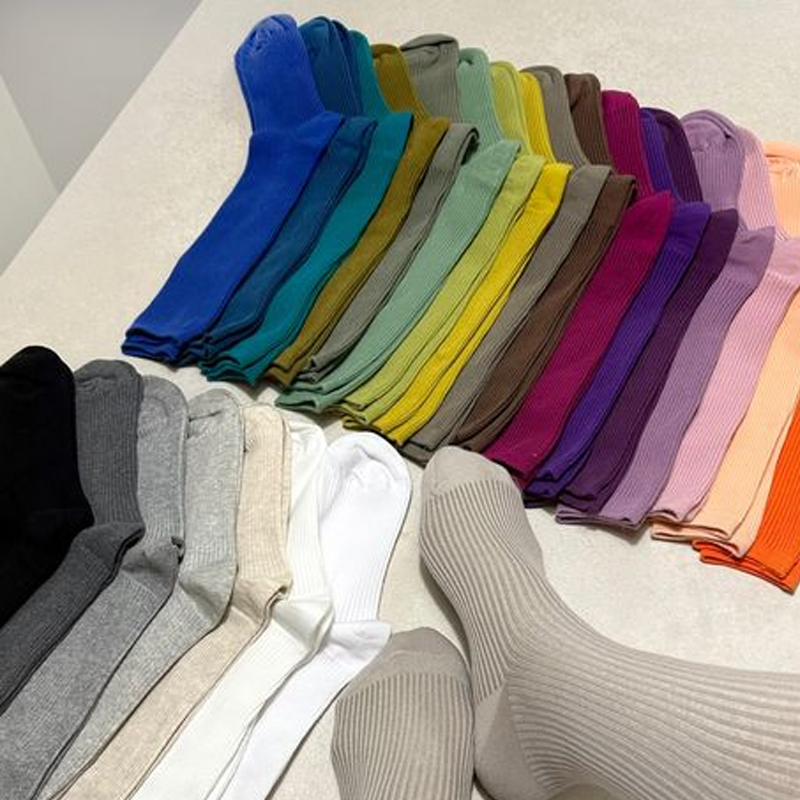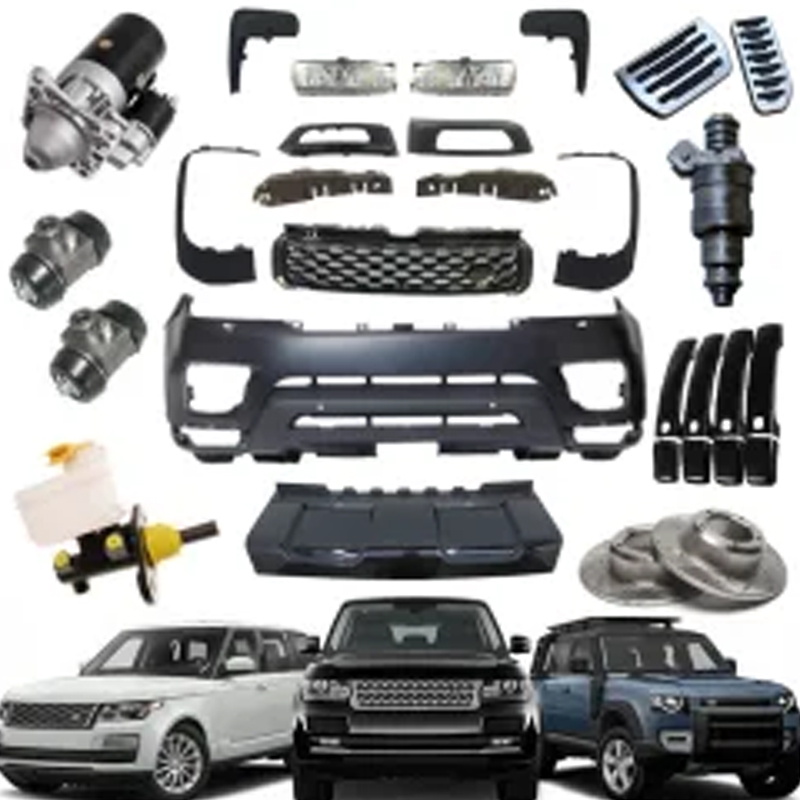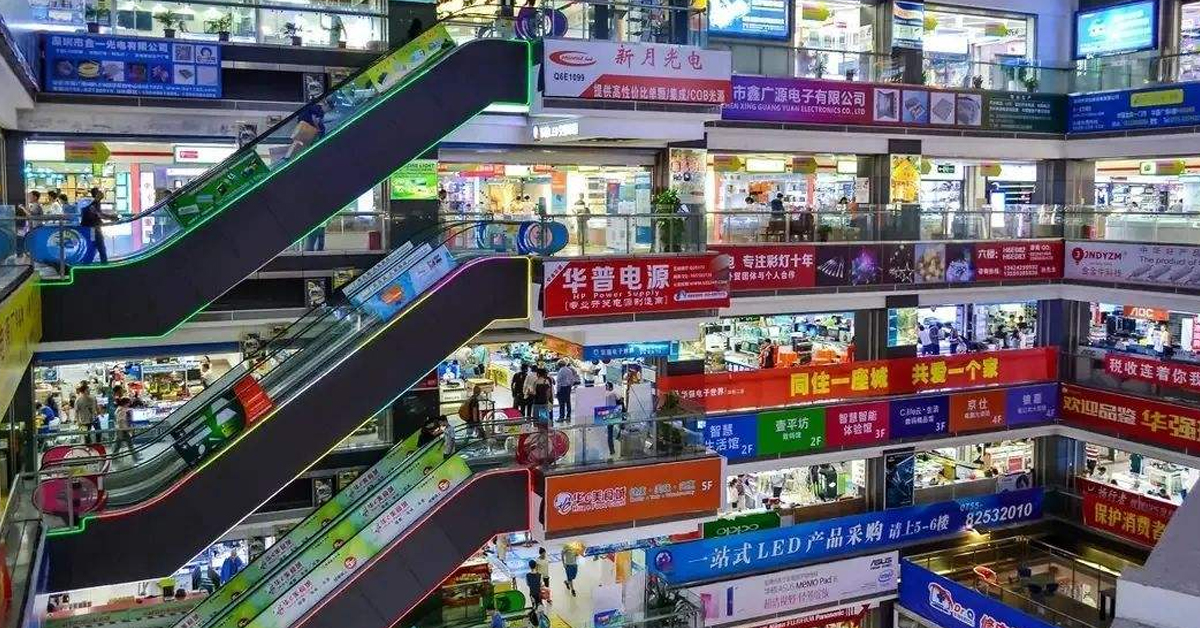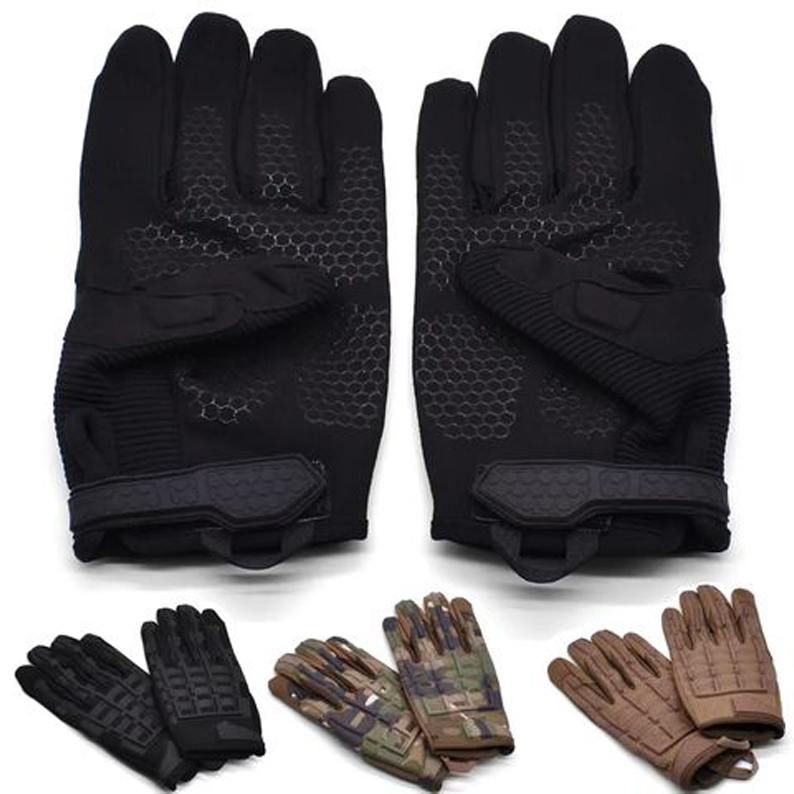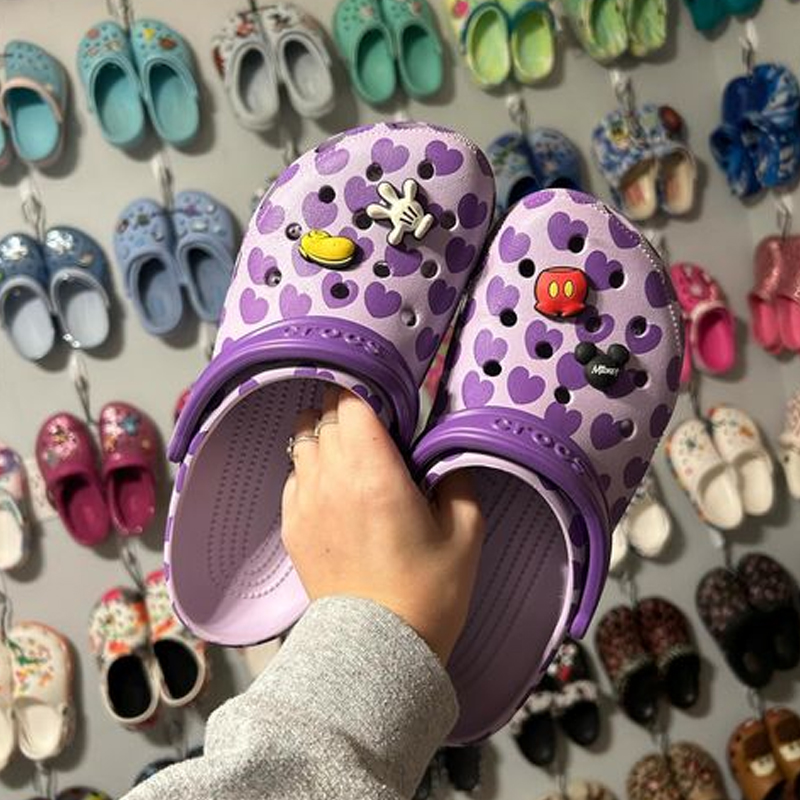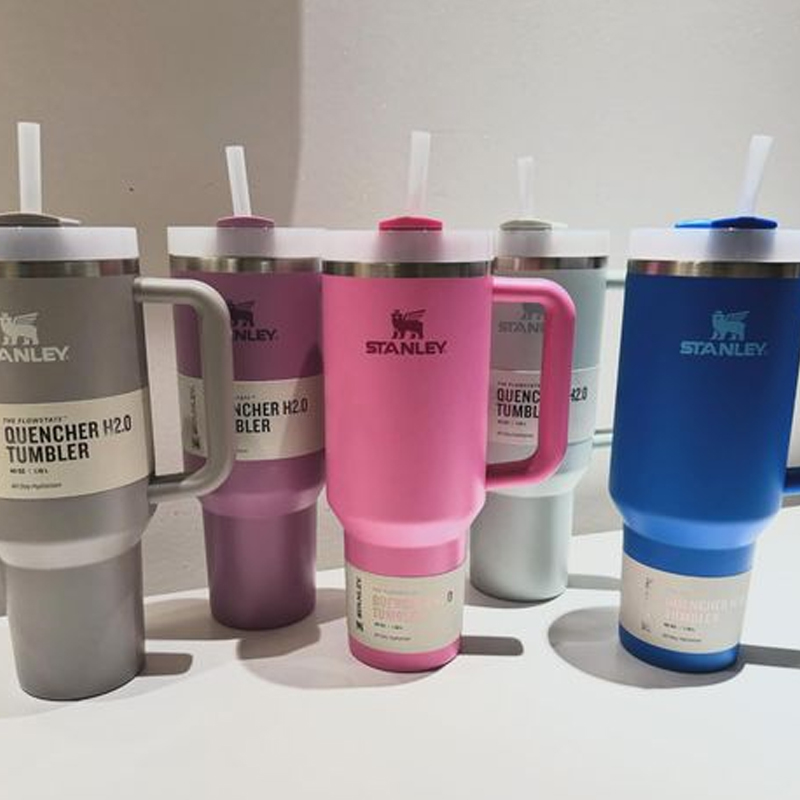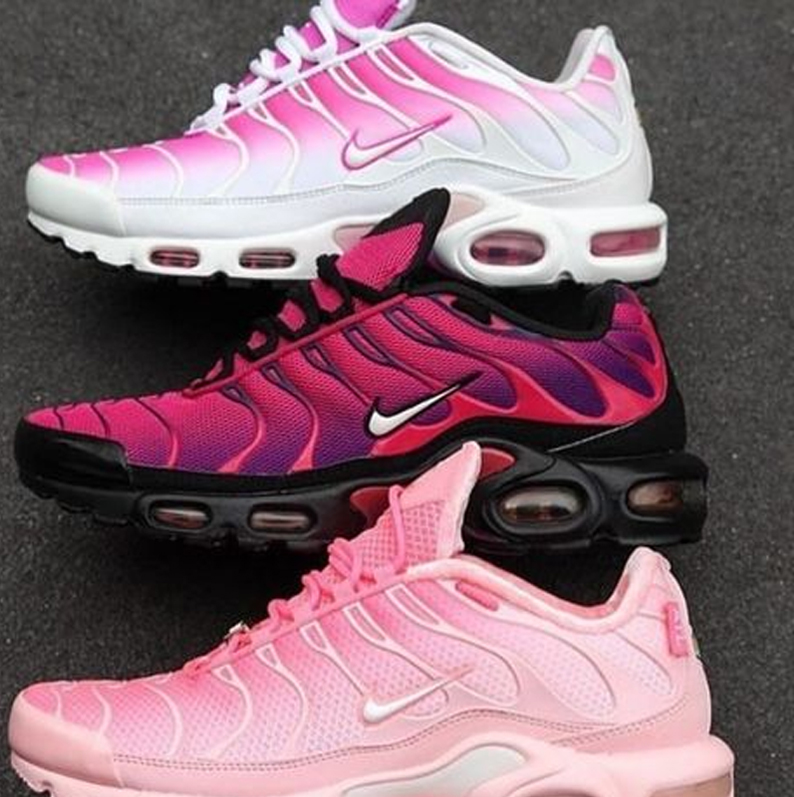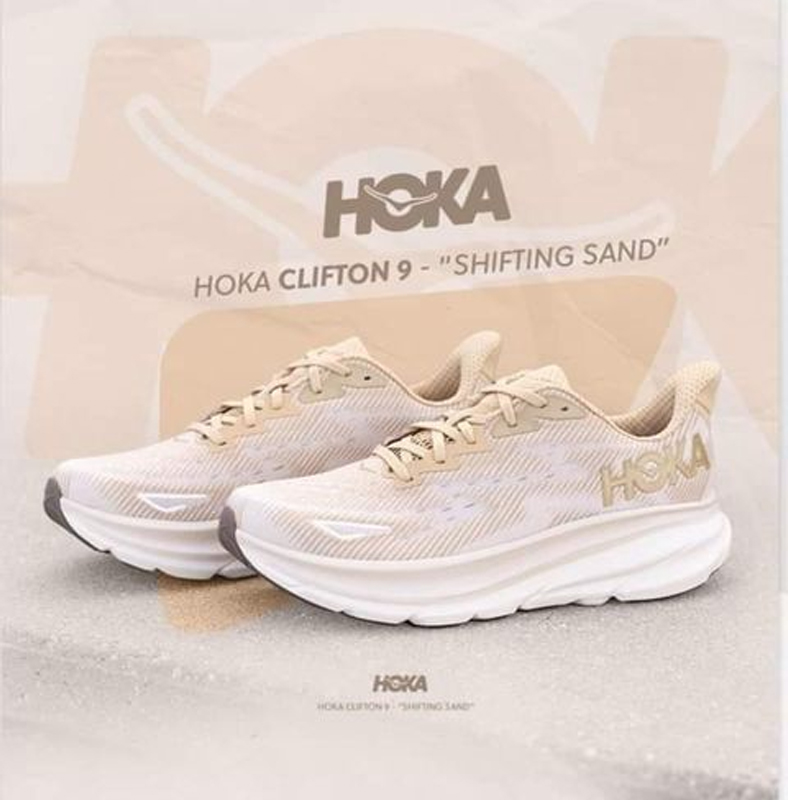Ray-Ban has been a household name in eyewear for decades. But have you ever wondered where these iconic sunglasses come from? This article takes you on a journey through Ray-Ban’s global production facilities, exploring their eyewear manufacturing processes, cutting-edge lens technology, and rigorous quality control measures. We’ll uncover the truth behind the “Made in Italy” label, delve into their China factories, and even touch on US production. By the end, you’ll have a comprehensive understanding of Ray-Ban’s global supply chain and how they maintain their brand heritage while embracing modern manufacturing techniques.
Key Takeaways: Ray-Ban’s Global Vision
- Ray-Ban operates a global production network, with key facilities in Italy, China, and the US.
- The brand maintains consistent quality across all production sites through standardized processes and rigorous quality control.
- Ray-Ban continues to innovate in lens technology, sustainability, and customization options.
- Authenticity verification is crucial due to the brand’s popularity and the prevalence of counterfeits.
- Ray-Ban’s future involves embracing new technologies while maintaining its commitment to quality and style.
The Ray-Ban Story: A Journey from Aviation to Fashion Icon
Ray-Ban’s story began in 1936 when the US Army Air Corps asked Bausch & Lomb to create sunglasses that would protect aviators from the blinding glare at high altitudes. The result was the iconic Aviator model, which quickly gained popularity beyond military use. Ray-Ban was officially founded in 1937, with its headquarters in Rochester, New York.
Over the decades, Ray-Ban has continued to innovate and expand its product line. The brand has become synonymous with quality eyewear, blending functionality with style. Today, Ray-Ban is part of the Luxottica Group, an Italian eyewear conglomerate, but its global influence extends far beyond its Italian roots.
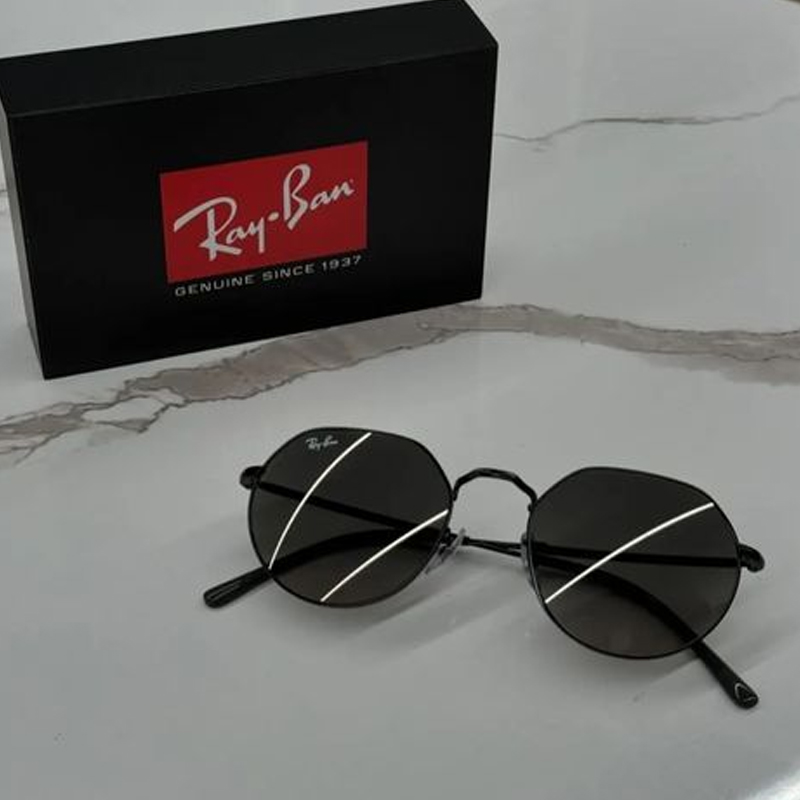
Where Are Ray-Ban Sunglasses Made? Unraveling the Global Production Network
Ray-Ban sunglasses are manufactured in various locations around the world. While the brand originated in the United States, today’s production facilities are spread across multiple countries, including:
- Italy: The heart of Ray-Ban’s premium line production
- China: A major hub for high-volume manufacturing
- United States: Some specialized production still occurs here
- Other countries: Including Japan and Brazil for specific models or components
This global network allows Ray-Ban to balance craftsmanship, cost-efficiency, and market responsiveness. However, it’s important to note that regardless of where they’re made, all Ray-Ban sunglasses must meet the brand’s strict quality standards.
Made in Italy: The Pinnacle of Ray-Ban’s Craftsmanship
Italy plays a crucial role in Ray-Ban’s production, particularly for its high-end and limited-edition models. The “Made in Italy” label is synonymous with quality and craftsmanship in the luxury goods industry, and Ray-Ban leverages this reputation to maintain its premium status.
In Italy, Ray-Ban operates state-of-the-art facilities that specialize in:
- Acetate frame production
- Metal frame crafting
- Advanced lens coating technology
- Final assembly and quality control
These Italian facilities are known for their attention to detail and use of high-quality materials. Many of the skilled workers here have been with the company for decades, passing down their expertise to newer generations.
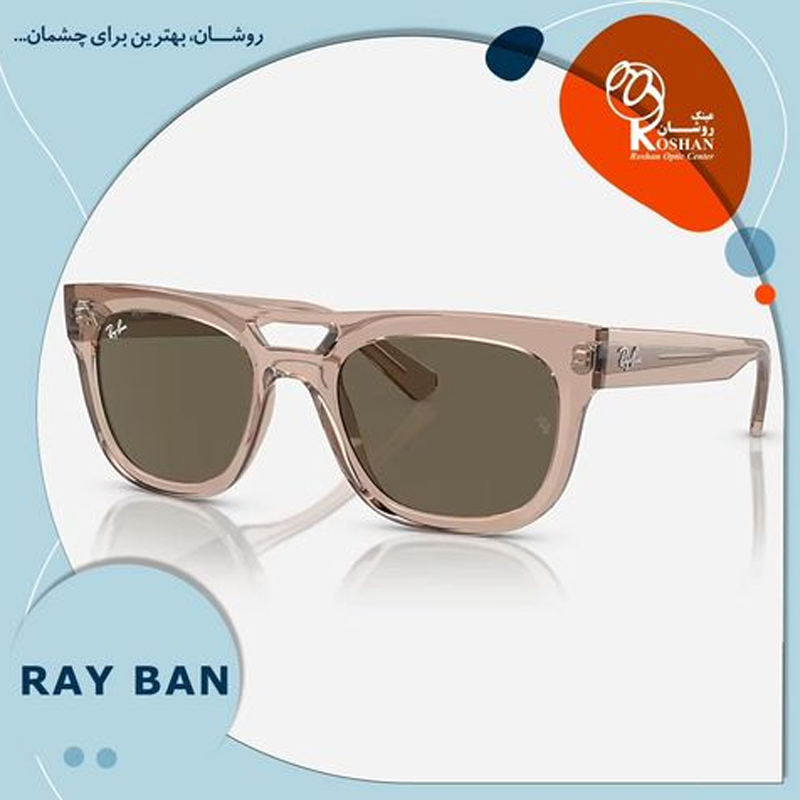
China Factories: Powering Ray-Ban’s Global Reach
While Italy is crucial for Ray-Ban’s premium offerings, China plays an equally important role in the brand’s global strategy. Ray-Ban’s China factories are responsible for a significant portion of the brand’s production, particularly for its more affordable lines.
These facilities are equipped with modern machinery and staffed by skilled workers trained in Ray-Ban’s manufacturing processes. The China factories excel in:
- High-volume production
- Cost-effective manufacturing
- Rapid prototyping and production of new designs
- Integration of cutting-edge manufacturing technologies
It’s worth noting that Ray-Ban maintains strict quality control measures in its China factories, ensuring that products made here meet the same standards as those produced elsewhere.
US Production: A Nod to Ray-Ban’s American Roots
While much of Ray-Ban’s production has moved overseas, the brand still maintains some manufacturing presence in the United States. This is partly a nod to the brand’s American heritage and partly a strategic decision to maintain certain specialized production capabilities close to home.
US-based production typically focuses on:
- Research and development of new technologies
- Production of specialized or limited-edition models
- Manufacturing of certain high-tech lenses
The US facilities also serve as a hub for training and knowledge transfer, ensuring that Ray-Ban’s manufacturing expertise is preserved and evolved in its country of origin.
How Does Ray-Ban Ensure Quality Across Its Global Supply Chain?
Maintaining consistent quality across a global supply chain is no small feat. Ray-Ban employs a multi-faceted approach to ensure that every pair of sunglasses, regardless of where it’s made, meets the brand’s high standards:
- Standardized Processes: Ray-Ban has developed detailed manufacturing processes that are implemented across all its facilities.
- Quality Control Checkpoints: Multiple quality checks are performed throughout the production process, from raw materials to finished products.
- Advanced Testing Equipment: Each facility is equipped with state-of-the-art testing equipment to assess factors like UV protection, durability, and optical clarity.
- Regular Audits: Ray-Ban conducts regular audits of its facilities to ensure compliance with quality standards and identify areas for improvement.
- Employee Training: Ongoing training programs ensure that workers at all levels are up-to-date with the latest quality control measures and manufacturing techniques.
This comprehensive approach allows Ray-Ban to maintain its reputation for quality, regardless of where its products are manufactured.

Lens Technology: The Heart of Ray-Ban’s Innovation
While frames often get the most attention, it’s the lenses that truly set Ray-Ban apart. The brand has been at the forefront of lens technology since its inception, continually innovating to provide better protection and visual clarity.
Some of Ray-Ban’s key lens technologies include:
- Polarization: Ray-Ban’s polarization process reduces glare and enhances visual clarity, especially useful for water and snow activities.
- Chromance: This technology enhances color contrast and clarity, making colors appear more vivid and lifelike.
- Photochromic Lenses: These lenses automatically adjust their tint based on light conditions, offering convenience and protection in varying environments.
- G-15: The original green lens developed for the U.S. Air Force, offering excellent color balance and UV protection.
Ray-Ban’s lens manufacturing facilities, whether in Italy, China, or the US, are equipped with advanced machinery to apply these technologies consistently across all products.
Sustainability and Ethics: Ray-Ban’s Commitment to Responsible Manufacturing
In today’s world, a brand’s success is not just about the quality of its products, but also about its commitment to sustainability and ethical practices. Ray-Ban has taken significant steps in this direction:
- Sustainable Materials: Ray-Ban is increasingly using eco-friendly materials in its products, including bio-based acetate and recycled metals.
- Energy Efficiency: The brand has implemented energy-saving measures across its production facilities, reducing its carbon footprint.
- Worker Conditions: Ray-Ban ensures fair wages and safe working conditions across its global supply chain, including in its China factories.
- Waste Reduction: Efforts are being made to minimize waste in the production process and implement recycling programs.
These initiatives not only align with global sustainability trends but also resonate with the brand’s increasingly environmentally conscious customer base.
The Future of Ray-Ban: Embracing Technology and Customization
As Ray-Ban looks to the future, it’s clear that technology and customization will play crucial roles. The brand is investing heavily in:
- 3D Printing: For rapid prototyping and potential custom frame production
- Smart Eyewear: Integrating digital technology into traditional eyewear designs
- Advanced Materials: Developing lighter, stronger, and more sustainable frame materials
- Personalization: Offering more options for customers to customize their eyewear
These innovations are being developed and implemented across Ray-Ban’s global network of facilities, showcasing the brand’s commitment to staying at the forefront of eyewear innovation.
How Can You Verify the Authenticity of Your Ray-Ban Sunglasses?
With Ray-Ban’s global popularity comes the unfortunate reality of counterfeit products. Here are some tips to ensure you’re getting authentic Ray-Ban sunglasses:
- Check the Packaging: Authentic Ray-Bans come in high-quality packaging with specific branding elements.
- Examine the Logo: The Ray-Ban logo should be crisp and precisely etched or printed.
- Look for the “RB” Etching: Authentic Ray-Ban lenses have a small “RB” etched on one lens.
- Check the Quality: Ray-Bans are known for their high-quality construction. Poor finish or flimsy materials are red flags.
- Verify the Seller: Purchase from authorized retailers or Ray-Ban’s official website.
Remember, if a deal seems too good to be true, it probably is. Authentic Ray-Bans are an investment in quality and style, and their pricing reflects this.
Leveraging Global Manufacturing: Lessons from Ray-Ban
Ray-Ban’s success story offers valuable insights for businesses looking to optimize their global supply chains. The brand’s strategic use of different production locations, including its China factories, demonstrates how companies can balance quality, cost-efficiency, and market responsiveness.
For businesses considering Chinese manufacturing as part of their strategy, Ray-Ban’s approach provides a blueprint for success. Key lessons include:
- Maintaining strict quality control measures across all production sites
- Leveraging each location’s strengths (e.g., craftsmanship in Italy, high-volume production in China)
- Investing in worker training and facility upgrades to ensure consistent quality
- Embracing innovation and sustainability across the entire supply chain
If you’re looking to explore the possibilities of Chinese manufacturing for your business, consider reaching out to experts who can guide you through the process. BuyFromChinaDirect specializes in helping businesses source products from China in a smarter, more efficient way. With their expertise, you can navigate the complexities of global manufacturing and potentially unlock new opportunities for growth and innovation in your industry.

